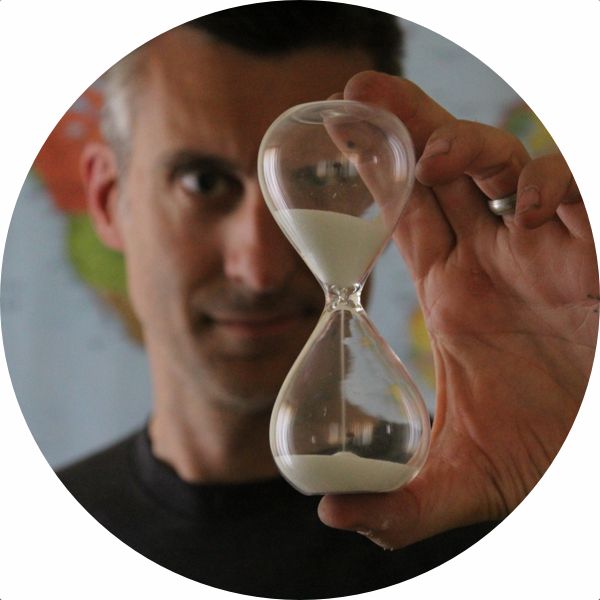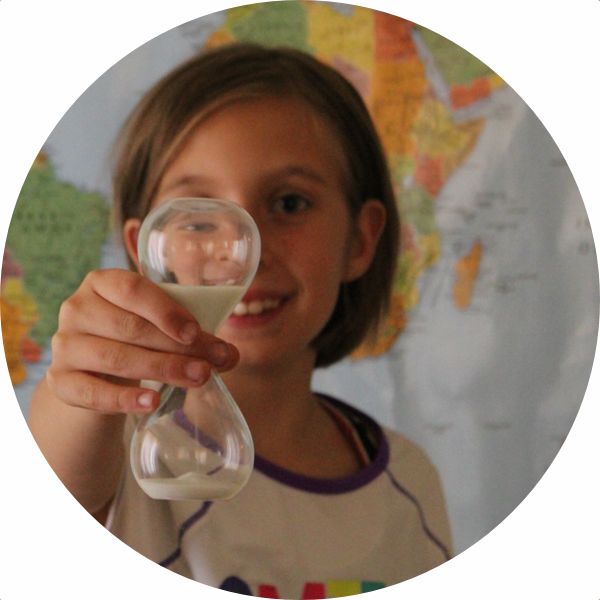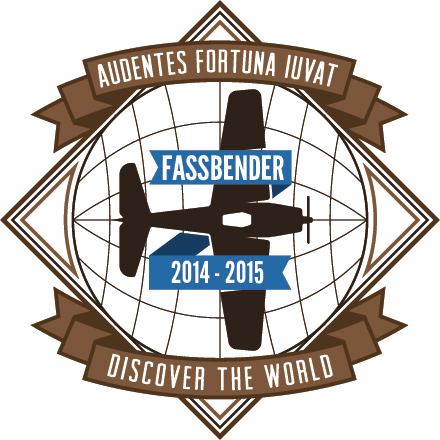Monday, 09-03-2015. Day 201.
All Things Turkish.
On this day we were immersing ourselves into Turkish culture. Frankie and I went on a walking tour about Turkish coffee (and, by association, Turkish delight) and Sam and Jackie went out to try the Hamam, better known as the Turkish bath. But first, a cat ...
Yerebatan Sarnıcı (Basilica Cistern)
We had a little time before our Turskish experiences, so we our first stop of the day was a trip to the Basilica Cistern. Most people know this place from the James Bond film, From Russia with Love, erroneously located under the Russian Consulate.
Istanbul is surrounded by plenty of water, but it's primarily salt water not fit for drinking. So when the Romans came, they brought with them their aqueduct technology to bring fresh drinking water to the city. And when you have drinking water coming to a city, you need some place to put it.
So many underground cisterns were built in the city, and the Basilica Cistern (formerly part of the Stoa Basilica, a castle that once stood on the spot), which was built during the reign of Emperor Justinian, is by far the largest. It is supported by 336 columns (12 rows of 28 columns each), which reach from from the floor to the domed ceilings nine meters above. Even though there's only about 30cm of water covering the floor today (there are even a lot of fat carp swimming in the water), it's said that the volume of water that can be held in the cistern is 100,000 tons—that's like 23 million gallons.
Stepping down into the cool depths of this huge water-filled chamber was like stepping back in time. The sound of water—dripping and lapping against the sides of the cistern—echoed constantly throughout the chamber. If it wasn't for the multitude of other tourists jammed along the walking platforms (not to mention the dimly lit columns), the place would be quite eerie.
The biggest mystery surrounding the cisterns concerns the two Medusa-head columns in the northwest corner. One is placed sideways and one is placed upside down. No one quite knows why they are here or why they're oriented the way they are—is that how they best fit? Or was it to prevent the power of Medusa's gaze?
Turkish Coffee Walking Tour
We escaped the depths of the cistern without being turned to stone and got ready for our different Turkish experiences. Samantha and Jackie headed off to visit the Turkish baths while Frankie and I hooked up with Selma, our guide from Istanbul Walks to take a tour of notable places in Turkey's coffee hsitory. After a short walk, our first stop at a bustling café, which I think was the Sedat Tea House (but I can't be sure) where people were lounging about, drinking coffee and tea and smoking molasses-soaked flavored tobaccos from the nargile (hookah).
We didn't partake of the nargile, but we did have some coffee. We were on the tour with four other Americans and a British woman (plus our two guides), and we all wanted different levels of sugar, which confused the poor waiter. I was left wondering why we couldn't add our own sugar, but this is something we would learn later.
After getting a brief history of coffee (going back to Kaldi the shepherd in Ethiopia) and when coffee came to Turkey from Yemen, we walked through the Grand Bazaar to the Sark Kahvesi, which was a coffee house where the Ottoman Janissaries (the Sultan's elite soldiers) would congregate to drink the coffee. It's still there at the center (or thereabouts) of the Grand Bazaar and still serving up the coffee along with a small piece of Turkish Delight.
After a short but relaxing coffee at Sark (which was the best coffee of the day), we meandered through the Grand Bazaar and out onto the busy streets leading into the market until we came to Mehmet Efendi, the oldest dry coffee shop in Istanbul.
This place always has a line of people waiting to buy their freshly ground coffee, which is roasted on-site each day. We didn't buy any ourselves (no place to brew it), but others in our tour group did. I was a little jealous.
We strolled through the nearby Egyptian Bazaar and down a few more streets until we came to Haci Bekir, where Turkish delight, known as lokum in Turkey, was first made in 1777. I ended up buying an assortment box (original, pistachio, rose) to take back to the hotel for later consumption.
Then we walked to another sweet shop, Baklavaci Güllüoglu, where we got to make our own Turkish coffee.
Frankie made the coffee, actually, while I stood there and took photos, but here's how it works. You put the finely ground coffee and some water into the cezve-Kurukahveci (a small long handled metal pot). If you like sugar, this is where to add it as well. the interesting thing about Turkish coffee is that the sugar is added at the brewing stage, not after. This makes for a sweeter cup.
Once all the ingredients are in the pot, put it onto a griddle covered with sand. Then move it over the heat until you find a good spot and the coffee starts to boil. Remove it from the heat and pour some of it off into a cup, then put it back on the heat until it boils again to draw out even more flavor from the grind.
Then pour the rest into a cup and serve (preferably with a cube of Turkish delight). Very civilized.
When this was all done and we'd all had our coffee, we got a short quiz from Selma about what we'd learned that day. Thankfully, we all passed and got official Turkish coffee maker certificates (suitable for framing). Our last stop was near the hotel, so Frankie and I decided to walk back. On the way, we wondered how Samantha and Jackie were coming along ...
Meanwhile, at the Baths ...
Samantha and Jackie, of course, had gone to Kilic Ali Pasa Hamami, a Turkish bath house that is good for kids. Here's what Jackie had to say about it.
Today we went to the Turkish Baths. It was fantastic. I went with Mommy (Samantha). I’ll tell you all about it.
Okay first we had trouble with the tram. We got on a tram that said it was going to Eminonu Station. A bunch of people got off but we stayed on. Then the tram turned around and started going back the way we came, so we got of at the next stop and got on another tram. We made sure that it was going where we wanted it to go.
We got off at Tophane Station and saw the Turkish Bath place called Kilic Ali Pasa Hamami. It's been a Turkish Bath house since 1580. We went inside and sat down in chairs. They gave us welcoming sherbet drinks that's been a traditional drink since 1580, I think. They also gave me and Momma a sheet of paper with questions on it.
A few minutes later they collected the sheets and gave me and Momma a key to a "locker" (thing to put your clothes in). Then we went upstairs. And my "locker" number was 12, and Momma's was 06. We thought it was 90 at first, then we thought it was 09, then we found out that it was actually 06.
There was a towel and sandals for you to wear. We wore our bathing suit bottoms, or they would give you bottoms if you didn’t bring them. Then you go back downstairs and they lead you in a room. There was steam in the room and sinks with hot water inside. Then you sat down and they put hot water on your legs, on you left arm, then your right arm, and then finally your head.
Then they lead you to another room where you lay on the hot marble bench thing. Other ladies were laying down. Everyone had bottoms on, but no tops. This lasts for about 20 minutes. They give you glasses of water as well. I had two glasses. After you are sweaty, then you sit on a warm marble floor and they put hot water all over you and then they scrub you and put soap all over you. (It feels like you're sitting in a bathtub). Then they wash you off and do your hair. Then they wrap you in towels and you sit down and relax. We ordered apple tea. Then we got up and got dressed, paid, and went home on the tram (no mistakes this time).

Tom Fassbender is a writer of things with a strong adventurous streak. He also drinks coffee.

~ jackie fassbender!
world traveler!




















